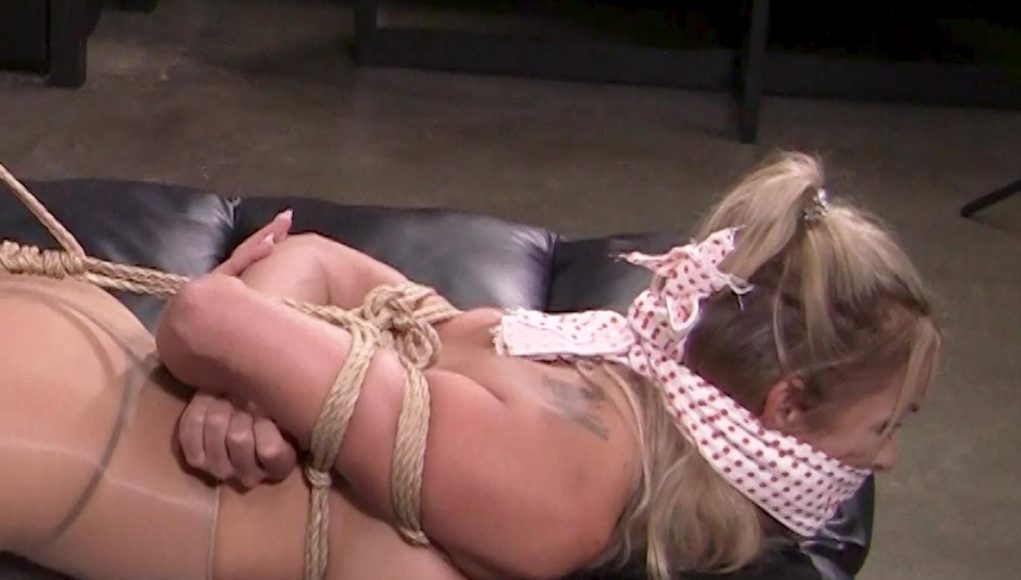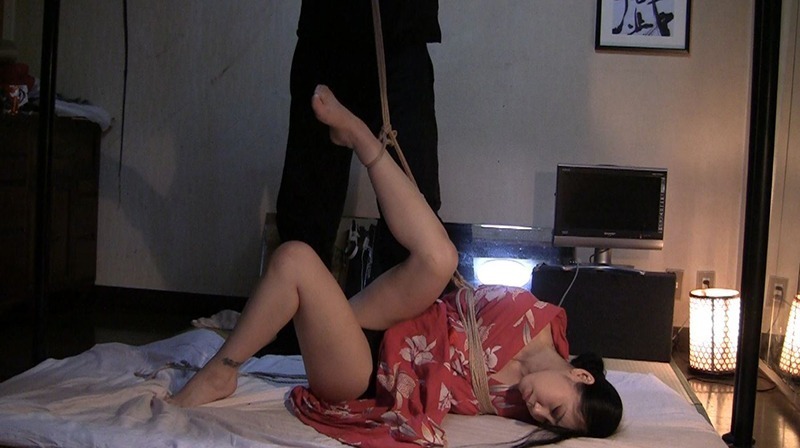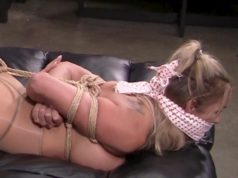Too often, rope classes focus on ties, patterns, and technique, without really delving into how those ties can be used to create emotion, feeling, and communication between partners. One of the ways to start thinking about tying with more emotion is to focus on the concept of progressions.
Rope progressions as we teach them at LA Rope, generally speaking, have four components that create a story and allow the person tying to express a particular intention and the person being tied the opportunity to respond to that intention.
The four aspects we study are:
Anticipation
How to you build an emotional and psychological context for what is to follow. Right from the beginning, you should be laying out the framework for the culmination of your intention in the final aspect of the tie.
Layering
Once you build the anticipation, the next step is to slowly add to the tie. Each layer you add, whether it be with rope, words, positioning, or touch, helps guide your partner into the headspace that you are working to create for them.
Climax
The climax is the high point of the progression and should represent the fulfilment of your intention. It is what brings all the anticipation and layering together and offers a surprise or twist to the scene.
Release
Once we complete the tie, we begin the process of untying and releasing them. It is important to pay as much attention to untying as you do to the tying. Release is not just a physical experience, but a psychological and emotional one as well.
Putting those four aspects together gives us the basic building blocks to create a rope scene or progression. But this is not just the process of moving from one tie to the next, with a preset plan.
While your intention will remain consistent throughout the scene, how you realize it is always open to change. We watch and see how our partner responds to each rope and adjust accordingly to find the best way to create the emotional context we want to develop.
With each step we take, we need to keep a close eye on how our partner responds and follow their energy to build the most powerful context we can to allow our intention to be expressed.
Observation and attention is just as important, perhaps even more important, than the ties themselves.
Our next intermediate workshop: Emotion and Communication focuses on taking your ties to the next level. We will use four basic ties to create a progression with particular attention to how to create a sense of anticipation, layering, and surprise in a tying session.
We will spend the first hour working through a set progression, with the second half of the class focused on having students create their own progression, using their favorite ties.
Limited to five couples.
Students should have basic experience with Yukimura style ties, from either the Hands In Front Class or the Hands Behind Class.






